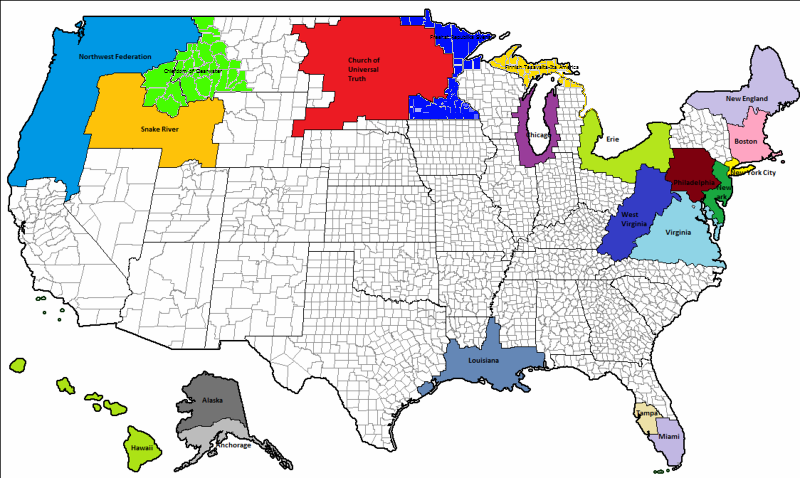

Convening in July 1861, Congress retroactively approved Lincoln's actions and authorized another one million three-year volunteers. On May 3, 1861, President Lincoln called for 42,000 three-year volunteers, expansion of the regular army by 23,000 men and of the U.S. Army garrison surrendered Fort Sumter to Confederate forces, President Abraham Lincoln called 75,000 State militiamen into federal service for ninety days to put down the insurrection.

On April 15, 1861, the day after the U.S. Members of the 71st New York Infantry at Camp Douglas, 1861 Location and construction Training Camp Douglas 'Camp Douglas Conspiracy' to break out prisoners.4.5 Garrison command of Colonel James C.
 4.4 Command of Brigadier General William W. 4.1 Command of Brigadier General Jacob Ammen and Second and Third Commands of Colonel Daniel Cameron. 3.1 Union Army parolees under command of Brigadier General Daniel Tyler. 3 Training camp and camp for detained Union parolees, 1862. 2.4 Second command of Colonel Joseph H. 2 Designated prisoner of war camp, 1862. Some 4,275 Confederate prisoners were known to be re-interred from the camp cemetery to a mass grave at Oak Woods Cemetery after the war. In the aftermath of the war, Camp Douglas eventually came to be noted for its poor conditions and death rate of about seventeen percent. The land was eventually sold-off and developed. The camp was dismantled and the movable property was sold off late in the year. In the summer and fall of 1865, the camp served as a mustering out point for Union Army volunteer regiments. In the fall of 1862, the Union Army used the facility as a detention camp for paroled Confederate prisoners (these were Union soldiers who had been captured by the Confederacy and sent North under an agreement that they would be held temporarily while formal prisoner exchanges were worked out).Ĭamp Douglas became a permanent prisoner-of-war camp from January 1863 to the end of the war in May 1865. Later in 1862 the Union Army again used Camp Douglas as a training camp. It became a prisoner-of-war camp in early 1862. The Union Army first used the camp in 1861 as an organizational and training camp for volunteer regiments. Based south of the city on the prairie, it was also used as a training and detention camp for Union soldiers. Union prisoner of war camp in Chicago during the American Civil WarĬamp Douglas, in Chicago, Illinois, sometimes described as "The North's Andersonville," was one of the largest Union Army prisoner-of-war camps for Confederate soldiers taken prisoner during the American Civil War.
4.4 Command of Brigadier General William W. 4.1 Command of Brigadier General Jacob Ammen and Second and Third Commands of Colonel Daniel Cameron. 3.1 Union Army parolees under command of Brigadier General Daniel Tyler. 3 Training camp and camp for detained Union parolees, 1862. 2.4 Second command of Colonel Joseph H. 2 Designated prisoner of war camp, 1862. Some 4,275 Confederate prisoners were known to be re-interred from the camp cemetery to a mass grave at Oak Woods Cemetery after the war. In the aftermath of the war, Camp Douglas eventually came to be noted for its poor conditions and death rate of about seventeen percent. The land was eventually sold-off and developed. The camp was dismantled and the movable property was sold off late in the year. In the summer and fall of 1865, the camp served as a mustering out point for Union Army volunteer regiments. In the fall of 1862, the Union Army used the facility as a detention camp for paroled Confederate prisoners (these were Union soldiers who had been captured by the Confederacy and sent North under an agreement that they would be held temporarily while formal prisoner exchanges were worked out).Ĭamp Douglas became a permanent prisoner-of-war camp from January 1863 to the end of the war in May 1865. Later in 1862 the Union Army again used Camp Douglas as a training camp. It became a prisoner-of-war camp in early 1862. The Union Army first used the camp in 1861 as an organizational and training camp for volunteer regiments. Based south of the city on the prairie, it was also used as a training and detention camp for Union soldiers. Union prisoner of war camp in Chicago during the American Civil WarĬamp Douglas, in Chicago, Illinois, sometimes described as "The North's Andersonville," was one of the largest Union Army prisoner-of-war camps for Confederate soldiers taken prisoner during the American Civil War.







 0 kommentar(er)
0 kommentar(er)
